The Common Agricultural Policy (CAP) is one of the cornerstone policies of the European Union (EU), designed to support agriculture, rural development, and food security across the member states. Since its inception in 1962, CAP has undergone several reforms, but its core objectives have remained largely the same: to increase agricultural productivity, ensure a fair standard of living for farmers, stabilize markets, and provide consumers with affordable food. However, CAP has been the subject of significant debate regarding its benefits and costs.
Benefits of CAP:
- Agricultural Stability and Security:
- CAP has played a pivotal role in stabilizing the agricultural sector across the EU. By providing subsidies to farmers, the policy has helped stabilize income levels in an industry that is vulnerable to fluctuating prices and external factors such as climate change. This has allowed farmers to maintain a stable standard of living and continue producing essential goods for the population.
- Food Security:
- One of the key goals of CAP is to ensure that the EU remains self-sufficient in food production. The policy has helped secure a steady and sufficient supply of food across the union, reducing dependence on global markets and contributing to food sovereignty within the EU. This is particularly important in times of global crisis, such as the COVID-19 pandemic, which highlighted vulnerabilities in international food supply chains.
- Rural Development:
- CAP’s provisions have contributed to the development of rural areas across the EU. Through measures that encourage diversification of the rural economy, infrastructure development, and support for sustainable agriculture, CAP has helped to reduce rural poverty and improve living standards in less-developed regions. Rural communities have benefited from investments in rural infrastructure, such as roads, electricity, and water systems, improving their overall quality of life.
- Environmental Protection:
- In recent years, CAP has shifted its focus towards promoting more sustainable farming practices. With the inclusion of agri-environmental schemes, the policy encourages farmers to adopt environmentally friendly practices such as organic farming, crop rotation, and the preservation of biodiversity. These measures aim to reduce the environmental impact of farming and contribute to the EU’s broader environmental goals, such as the European Green Deal.
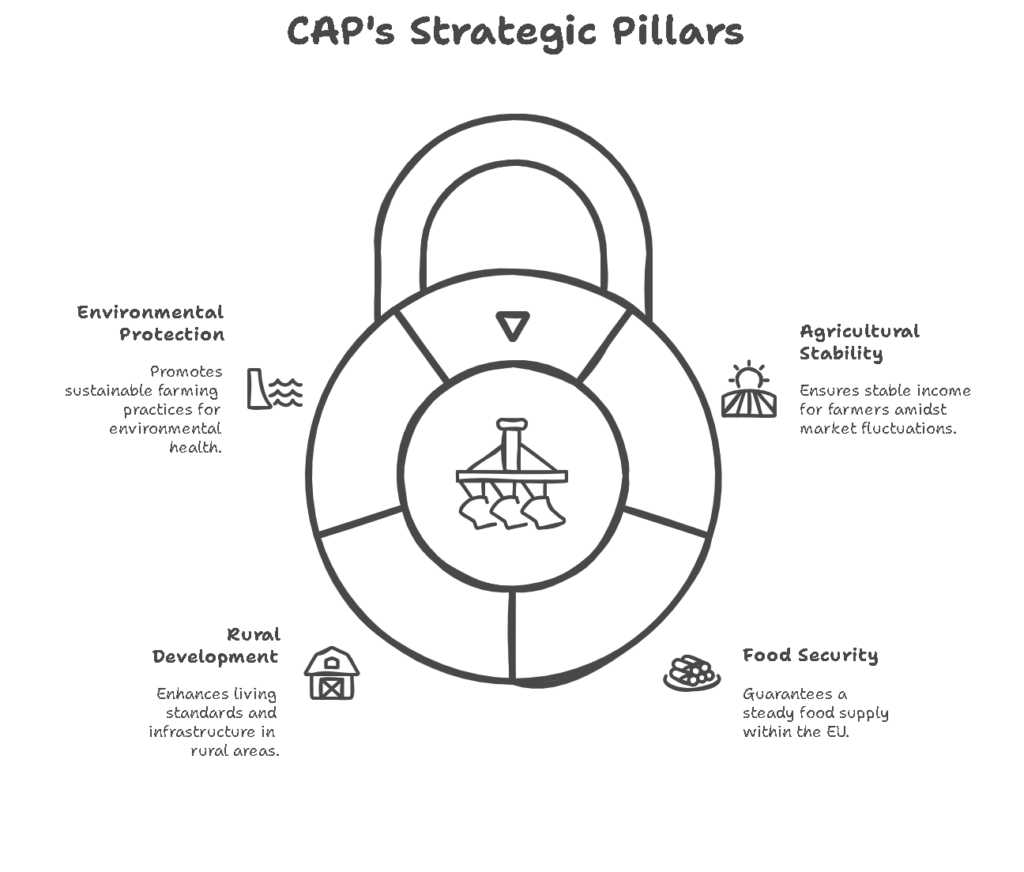
Costs of CAP:
- High Financial Costs:
- The primary cost of CAP is its significant financial burden on the EU budget. A substantial portion of the EU’s annual budget is allocated to CAP, which accounts for approximately 40% of the total EU expenditure. Critics argue that the funds could be used more efficiently to address other pressing issues, such as climate change or the digital transformation of the economy.
- Market Distortion and Overproduction:
- The subsidies provided under CAP have been criticized for causing market distortions. By supporting certain sectors, CAP has encouraged overproduction, leading to surpluses in some agricultural products. In the past, this resulted in the infamous “butter mountains” and “wine lakes,” where excess food was stored or disposed of at taxpayer expense. This situation has been reduced over time, but concerns remain about the policy’s impact on market prices and competition.
- Inequitable Distribution:
- Another criticism of CAP is that the benefits of subsidies are often disproportionately allocated to larger, wealthier farms. Small and medium-sized farms tend to receive a smaller share of the subsidies, which has led to calls for greater reform to ensure that the policy supports family-run and sustainable farming practices. The gap between the wealthiest and poorest farmers has widened in some member states due to the way subsidies are distributed.
- Environmental and Biodiversity Concerns:
- While CAP has made strides towards supporting sustainable farming practices, there are still concerns about its environmental impact. Critics argue that, in practice, many subsidies continue to support intensive farming methods that harm the environment, such as the use of pesticides and fertilizers. Moreover, there are concerns about the pressure on land use, with intensive farming leading to soil degradation, water pollution, and loss of biodiversity in some areas.
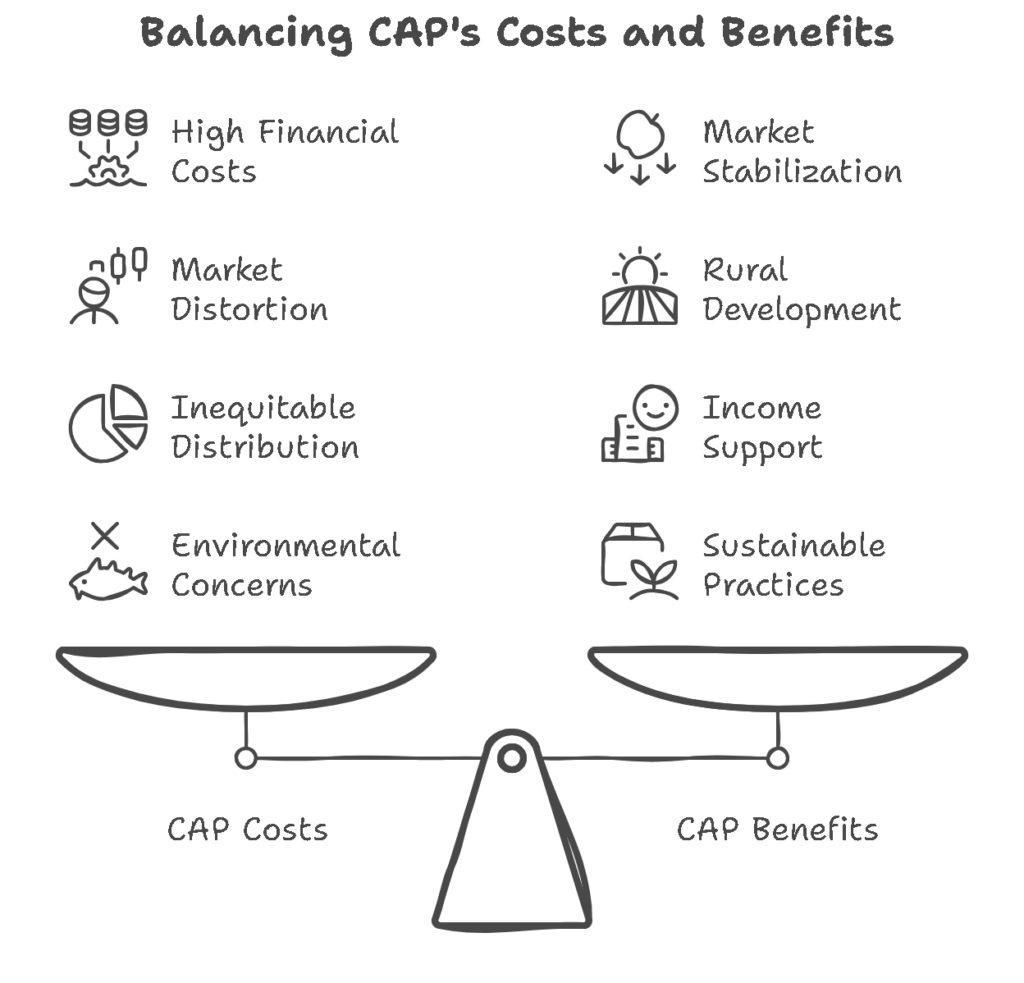
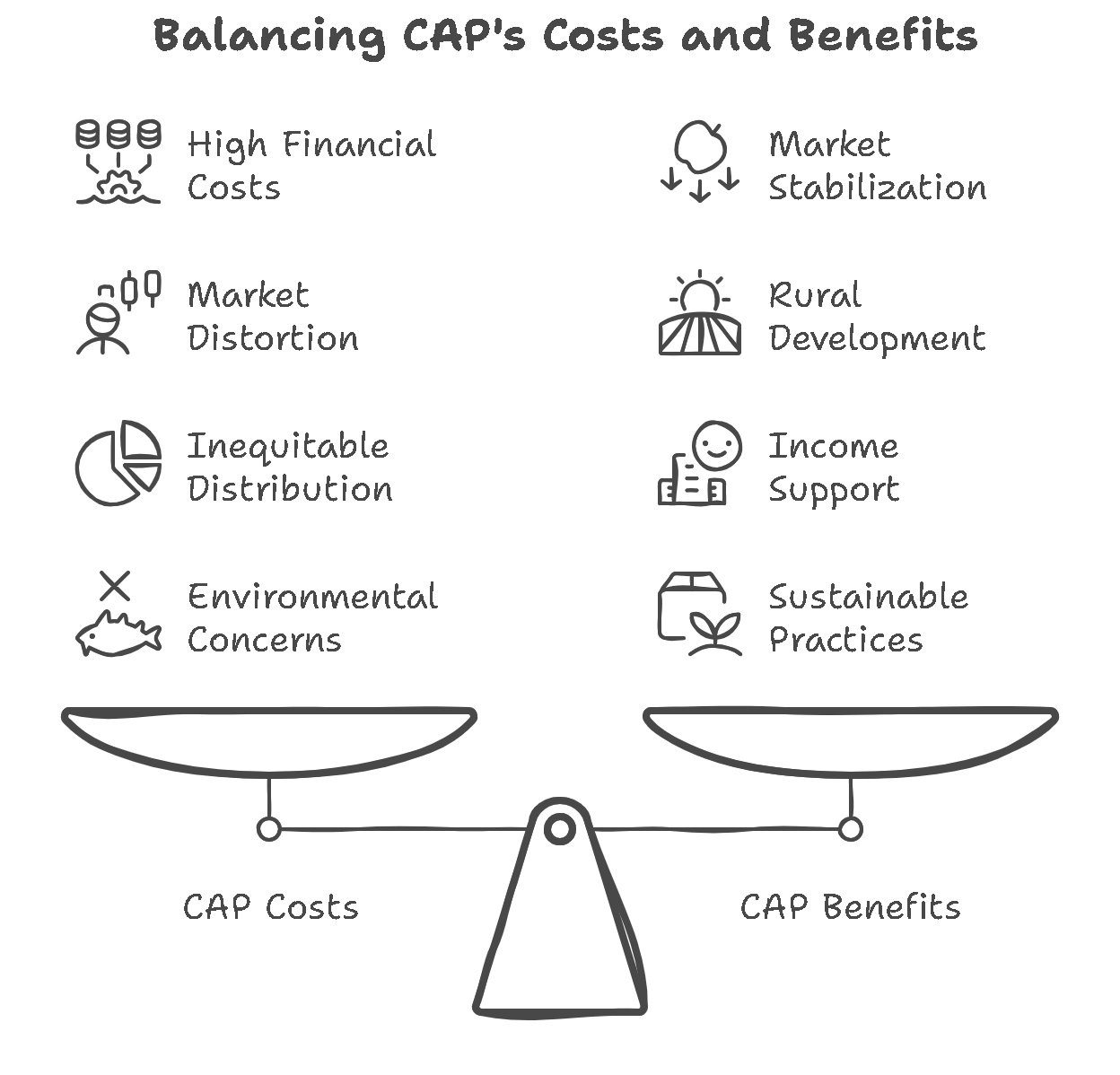


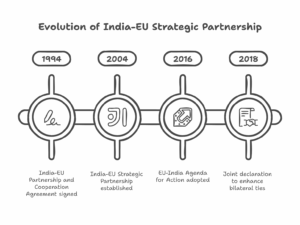
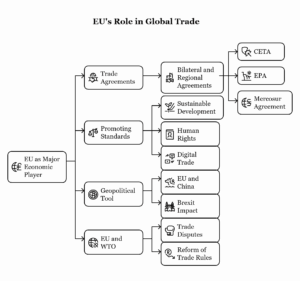
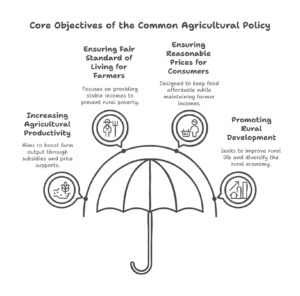
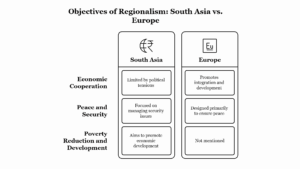

Leave a Reply